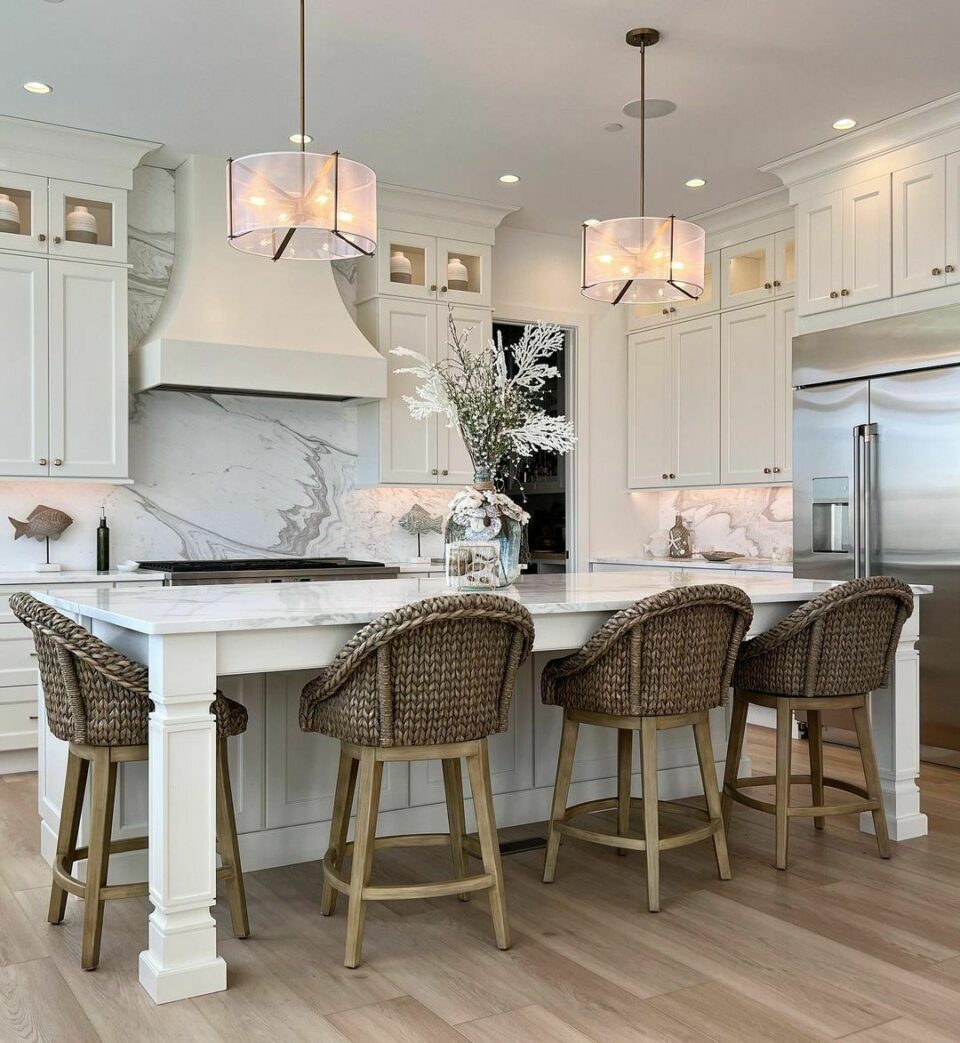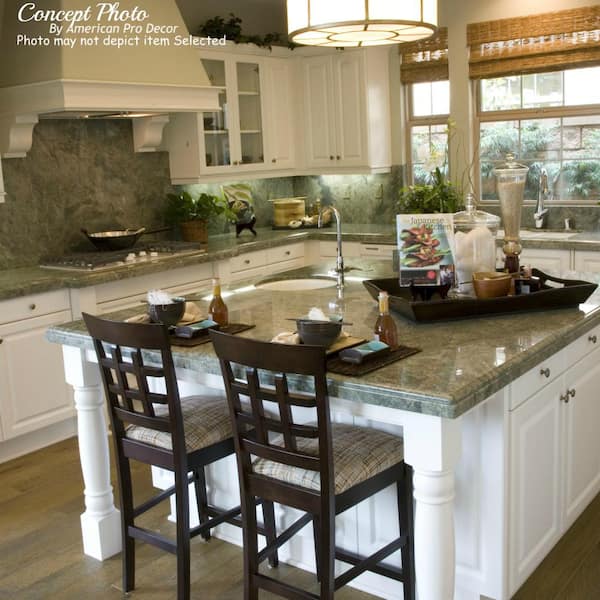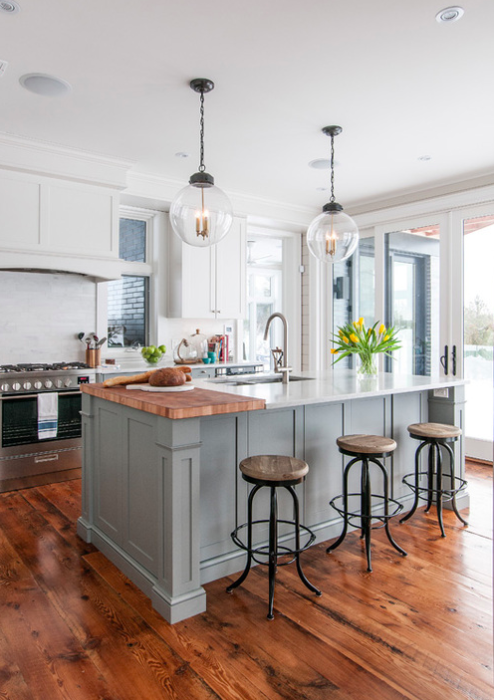Trendy Kitchen Island Leg Ideas to Boost Your Kitchen Design
Trendy Kitchen Island Leg Ideas to Boost Your Kitchen Design
Blog Article
The Significance of a Sturdy Kitchen Area Island Leg in Developing a Functional Cooking Location
A tough cooking area island leg offers as a basic part in developing a practical cooking environment, giving necessary support for both the countertop and numerous kitchen area tasks. As kitchens progress into multifunctional areas for food preparation, eating, and mingling, the option of materials and layout factors to consider for island legs becomes increasingly essential.
Benefits of Sturdy Island Legs
Offering important support, strong kitchen area island legs play a pivotal duty in improving the functionality and resilience of cooking area islands - kitchen island leg. These legs not only birth the weight of the counter top and any added products positioned on the island, however also add to the general stability of the framework. A well-supported kitchen area island ensures that it continues to be functional and upright, also under heavy usage, which is especially important in active kitchen settings
Additionally, durable island legs can boost the visual appeal of the cooking area. They offer a solid framework that can enhance different style styles, from contemporary to traditional. This flexibility permits home owners to personalize their kitchen area islands according to individual taste while guaranteeing that the architectural integrity continues to be uncompromised.
Along with their helpful role, robust kitchen island legs can also improve safety and security. A secure island decreases the risk of accidents caused by tipping or tottering, which is especially vital in households with kids or senior individuals. Strong legs can facilitate a seamless flow of activities, allowing for efficient meal preparation and social interactions within the kitchen space. Eventually, buying strong cooking area island legs is essential for a practical and visually pleasing cooking area.
Products for Kitchen Area Island Legs
When selecting products for kitchen area island legs, longevity and visual allure are crucial variables to consider,. One of the most common materials include hardwood, metal, and engineered wood, each offering unique benefits.
Hardwood, such as oak, maple, or cherry, is a classic selection as a result of its stamina and classic appeal (kitchen island leg). It can stand up to considerable weight and is resistant to put on, making it ideal for high-use cooking area settings. Furthermore, hardwood can be stained or repainted to match different kitchen designs
Metal legs, frequently crafted from stainless steel or functioned iron, offer a industrial and contemporary look. They are incredibly strong and can support considerable tons while being immune to moisture and warmth, which is advantageous in a cooking area. Metal legs can additionally be quickly cleansed, enhancing their functionality.

Design Factors To Consider for Stability
The option of materials for cooking area island legs directly influences the layout considerations for security. When developing a kitchen island, it is extremely important to assess the weight-bearing ability of the selected products. Much heavier products, such as solid timber or metal, commonly offer better stability, specifically under the tension of look at this now day-to-day use.
In addition, the leg design have to integrate correct geometry to enhance security. A wider base enhances the assistance area, lessening the risk of tipping or tottering. Consideration must also be offered to the elevation of the legs; disproportionate leg lengths can cause imbalance, endangering the overall stability of the island.
In addition, the distribution of weight throughout the island is essential. Ensuring that the leg placement lines up with the heaviest parts, such as devices and countertops, will additionally enhance security.
Maintenance Tips for Long Life

Depending on the product of the legs-- whether timber, metal, or composite-- proper cleaning techniques need to be used. Steel legs may require a light polish to stop corrosion and keep their luster.
If the kitchen island experiences hefty usage, consider enhancing the legs with additional braces or supports to boost durability. By adhering to these maintenance tips, home owners can ensure their kitchen island legs stay functional and durable for years to come.
Choosing the Right Leg Style
Regular maintenance guarantees that kitchen area island legs stay tough and useful, but selecting the right leg style is equally important for both looks and assistance. The selection of leg design can considerably influence the total design and harmony of your kitchen area.

Capability is one more essential aspect. For circumstances, thicker legs or those with a sturdy base can support larger countertops and equipment, improving the island's energy. On the other hand, slender legs may produce an airy appearance, appropriate for lighter styles however potentially less helpful.
Final Thought
In recap, the value of sturdy cooking area island legs can not be overemphasized in the production of a useful food preparation area. These legs give important assistance, improve stability, and contribute to the total visual of the cooking area. By meticulously choosing proper products and layouts, along with executing correct maintenance practices, the durability and performance of kitchen islands can be made certain. Inevitably, spending in robust island legs is essential to achieving a reliable and secure culinary setting.
A durable cooking area island leg offers as a fundamental element in developing a practical cooking environment, giving required assistance for both the counter top and various kitchen area activities.Supplying important assistance, sturdy cooking area visit homepage island legs play a pivotal function in enhancing the performance and resilience of cooking area islands. Ultimately, investing in tough kitchen island legs is necessary for a functional and aesthetically pleasing cooking location.
Consideration must additionally be given to the height of the legs; out of proportion leg lengths can lead to discrepancy, endangering the overall security of the island.
Wood legs provide warmth and a traditional appearance, while metal legs use a modern-day and industrial feeling.
Report this page